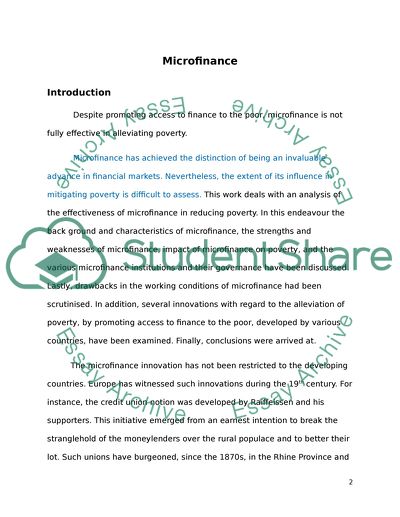Cite this document
(“Law and Finance in Emerging Markets Essay Example | Topics and Well Written Essays - 4000 words”, n.d.)
Retrieved from https://studentshare.org/law/1397189-law-and-finance-in-emerging-markets
Retrieved from https://studentshare.org/law/1397189-law-and-finance-in-emerging-markets
(Law and Finance in Emerging Markets Essay Example | Topics and Well Written Essays - 4000 Words)
https://studentshare.org/law/1397189-law-and-finance-in-emerging-markets.
https://studentshare.org/law/1397189-law-and-finance-in-emerging-markets.
“Law and Finance in Emerging Markets Essay Example | Topics and Well Written Essays - 4000 Words”, n.d. https://studentshare.org/law/1397189-law-and-finance-in-emerging-markets.


